Grumman F-14 Tomcat USAF Cockpit Panel
Production Time 9 to 10 weeks
Shipment is by FedEx, UPS or DHL International Express Courier with a normal door-to-door delivery time worldwide of within 2-3 business days after dispatch. Due to the current volatility of world fuel prices, the amount mentioned here is our best estimate for DHL and UPS and may be subject to change at the time of shipping.

Model Description: Grumman F-14 Tomcat USAF Cockpit Panel Wood Replica Scale Custom Model
Manufacturer: Grumman
Wingspan: 0.75 Inches (1.9 Centimeters)
Height: 36 Inches (91.4 Centimeters)
$395.40
Production Time 9 to 10 weeks
-
United States dollar ($)
-
Pound sterling (£)
-
Euro (€)
-
Australian dollar ($)
-
Canadian dollar ($)
-
Singapore dollar ($)
-
Swiss franc (CHF)
-
Japanese yen (¥)
-
Danish krone (kr.)
-
Hong Kong dollar ($)
-
Norwegian krone (kr)
-
Swedish krona (kr)
-
United Arab Emirates dirham (د.إ)
General Product Description
The 'Specials' section of our website is dedicated to more unusual or miscellaneous models both in terms of the materials used in their manufacture and in their size and structure. For example, you will see large fiber or fibre glass models for use on restaurants and bars, model airplanes fashioned as book ends, fork lift truck models and wooden fish models. Our Grumman F-14 Tomcat USAF Cockpit Panel modelk exhibits unique, unrivalled quality and detailed design to come as close as possible to the accuracy of the actual item. The model is made of the finest materials and beautifully finished to give this museum quality masterpiece. Our craftsmen and gifted artisans ensure that our finely handcrafted models match the precise blueprint details of the original item. This top-quality Grumman F-14 Tomcat USAF Cockpit Panel replica will surely enthrall anyone who receives this stylish display as a gift.
We can also make bespoke scale replicas of any other private / civil commercial airliner or airliners, helicopter, glider, gliders with engines, military jet, warplane jets, propeller warplanes, biplane, triplane, tail fin, spacecraft, rocket or NASA model you require in any airline, military or civilian livery or colors. We also produce model airships, blimps, dirigible, blimps, boat, and ship collectibles. Wall plaque or seal for military, government or private customers. Wholesale and retail and general customization inquiries welcome. Again, by clicking here to contact us just let us know exactly what you need.
Exploring the Grumman F-14 Tomcat: A Detailed Look at the Iconic Fighter Jet’s Cockpit Panel
The Grumman F-14 Tomcat remains one of the most iconic fighter jets in the history of the United States Navy, known for its advanced technology, formidable performance, and significant role during the Cold War era. A key to its legendary status is its sophisticated cockpit, which was designed to handle both air superiority missions and ground attack duties. This article explores the key features of the F-14 Tomcat’s cockpit panel, highlighting its design, functionality, and impact on modern aerial warfare.
Layout and Design
The cockpit of the F-14 Tomcat was a masterclass in ergonomic design and advanced avionics layout, designed to optimize the performance of the aircraft while minimizing pilot workload under combat conditions. It featured a tandem-seat configuration, with the pilot in the front and the Radar Intercept Officer (RIO) positioned in the rear. Each station was equipped with ejection seats and had its own set of controls and instrumentation that allowed for efficient communication and operation.
Primary Flight Instruments
At the heart of the pilot’s control panel were the primary flight instruments. These included the Vertical Velocity Indicator (VVI), which showed the rate of ascent or descent; the Airspeed Indicator; and the Altimeter, which provided critical altitude readings. The Attitude Director Indicator (ADI) and the Horizontal Situation Indicator (HSI) were central to navigation, offering the pilot quick and easy access to aircraft orientation and geographical positioning.
Engine and Weapon Systems Management
Critical to the F-14’s role as a fighter aircraft were its engine and weapon systems management controls. The cockpit featured sophisticated throttle controls and afterburner settings, allowing precise power management. The weapon systems panel included controls for selecting and arming various weapons, including the iconic AIM-54 Phoenix, AIM-7 Sparrow, and AIM-9 Sidewinder missiles, controlled through a combination of radar systems and manual inputs.
Radar and Navigation Systems
The F-14 was equipped with the AN/AWG-9 radar system, which was revolutionary at its introduction. This powerful radar could track up to 24 targets simultaneously at a range of over 100 miles, giving the Tomcat significant advantage in air-to-air combat. The radar information was displayed on both the pilot’s and RIO’s panels, integrating inputs from the Inertial Navigation System (INS) for accurate positioning and mission planning.
Communication and Electronic Warfare
Communication and electronic warfare capabilities were crucial in the F-14’s operations. The cockpit housed advanced communication systems that enabled secure and reliable communication with carriers and other aircraft. Additionally, it included electronic countermeasures (ECM) to jam enemy radar and missile systems, increasing survivability in hostile environments.
Upgrades and Modernizations
Throughout its service life, the F-14 Tomcat’s cockpit underwent several upgrades to enhance its capabilities and integrate new technologies. These included the addition of multi-function displays (MFDs), upgraded avionics that improved its targeting and defensive systems, and later, the incorporation of GPS technology.
Conclusion:
The Grumman F-14 Tomcat’s cockpit was a blend of advanced technology and thoughtful design, contributing significantly to its success and longevity as a front-line fighter. Its comprehensive and user-friendly control systems allowed pilots and RIOs to perform at their peak, handling complex operations with relative ease. Today, the F-14 remains a celebrated aircraft, and its cockpit panel stands as a testament to the era when it ruled the skies.
| Weight | 6 kg |
|---|---|
| Dimensions | 24 × 0.75 × 36 in |
Be the first to review “Grumman F-14 Tomcat USAF Cockpit Panel” Cancel reply
Similar Models
Tail Shields & Flashes, Plaques & Seals
Helicopters
Military Airplanes - Propeller
Military Airplanes - Jet
Military Airplanes - Jet
Military Airplanes - Propeller
Military Airplanes - Propeller
Military Airplanes - Jet
Military Airplanes - Jet
Military Airplanes - Jet
Military Airplanes - Jet
Military Airplanes - Jet
Military Airplanes - Jet
Military Airplanes - Jet
Military Airplanes - Jet
Military Airplanes - Propeller
Military Airplanes - Propeller
Helicopters
Helicopters
Helicopters
Helicopters
Helicopters
Military Airplanes - Jet
Military Airplanes - Jet
Military Airplanes - Jet
Military Airplanes - Jet
Military Airplanes - Jet
Military Airplanes - Jet
Military Airplanes - Jet
Tail Shields & Flashes, Plaques & Seals
Military Airplanes - Jet
Military Airplanes - Jet
Military Airplanes - Jet
Military Airplanes - Jet
Military Airplanes - Jet
Military Airplanes - Jet
Military Airplanes - Jet
Military Airplanes - Jet
Military Airplanes - Jet
Military Airplanes - Jet
Lockheed Martin F-16 USAF Stubby Chubby Pudgy Dumpy Version 2
Military Airplanes - Jet
Military Airplanes - Jet
Military Airplanes - Propeller
Military Airplanes - Propeller
Military Airplanes - Propeller
Military Airplanes - Jet
Military Airplanes - Jet
Military Airplanes - Jet
Military Airplanes - Jet
Military Airplanes - Propeller
Military Airplanes - Propeller
Military Airplanes - Propeller
Military Airplanes - Propeller
Military Airplanes - Propeller
Military Airplanes - Jet
Helicopters
Helicopters
Military Airplanes - Jet
Military Airplanes - Jet
Military Airplanes - Jet
Military Airplanes - Jet
Military Airplanes - Jet
Military Airplanes - Jet
Military Airplanes - Jet
Military Airplanes - Jet
Military Airplanes - Jet
Military Airplanes - Jet
Military Airplanes - Jet
Military Airplanes - Propeller
Military Airplanes - Jet
Military Airplanes - Jet
Fairchild Republic A-10 Thunderbolt USAF II Flying Razorbacks
Military Airplanes - Jet
Military Airplanes - Propeller
Military Airplanes - Jet
Military Airplanes - Propeller
Military Airplanes - Propeller
Military Airplanes - Propeller
Military Airplanes - Propeller
Private & Civilian
Military Airplanes - Jet
Military Airplanes - Jet
Military Airplanes - Propeller
Military Airplanes - Propeller
Military Airplanes - Propeller
Military Airplanes - Propeller
Military Airplanes - Jet
Military Airplanes - Jet
Military Airplanes - Jet
Military Airplanes - Jet
Military Airplanes - Jet
Military Airplanes - Jet
Tail Shields & Flashes, Plaques & Seals
Military Airplanes - Jet
Military Airplanes - Jet
Military Airplanes - Jet
Military Airplanes - Propeller
Military Airplanes - Propeller
Military Airplanes - Propeller
Military Airplanes - Propeller
Military Airplanes - Propeller


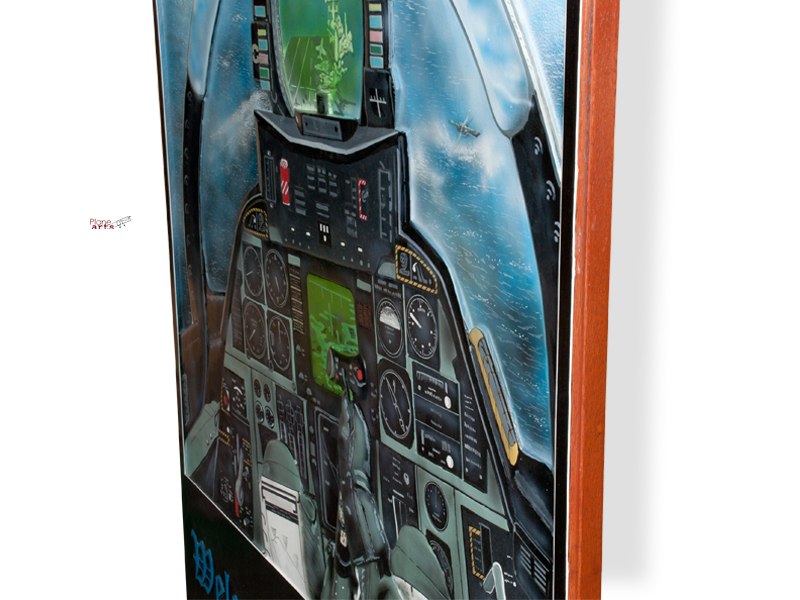
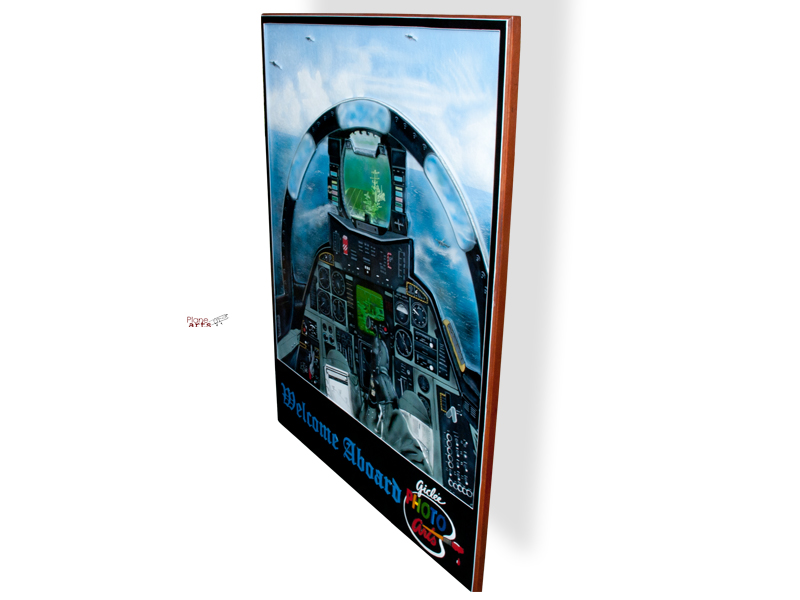

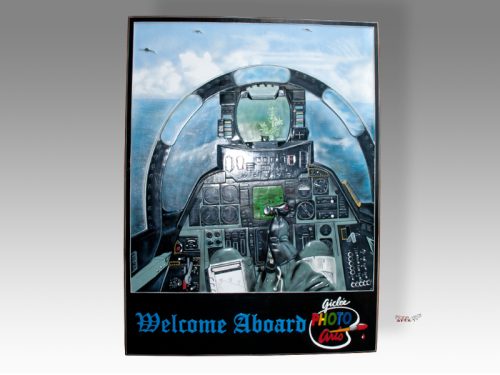
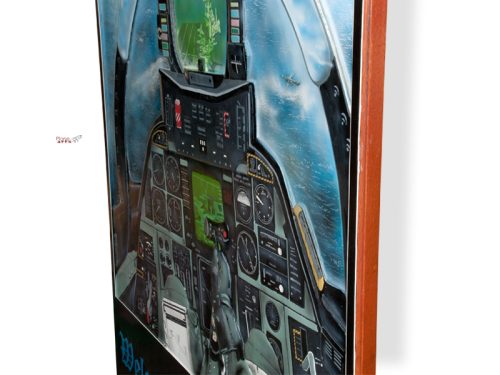
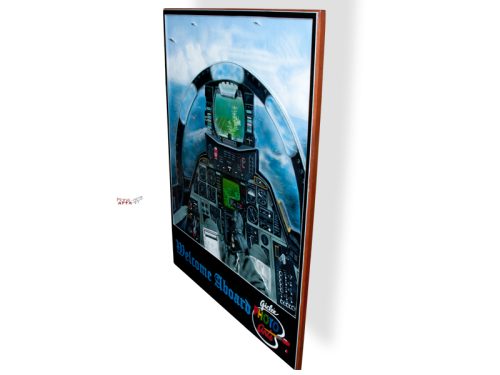
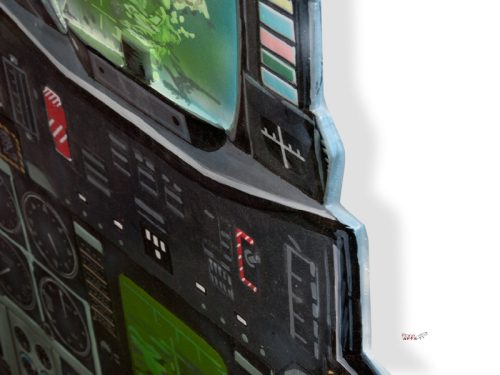
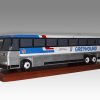
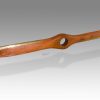

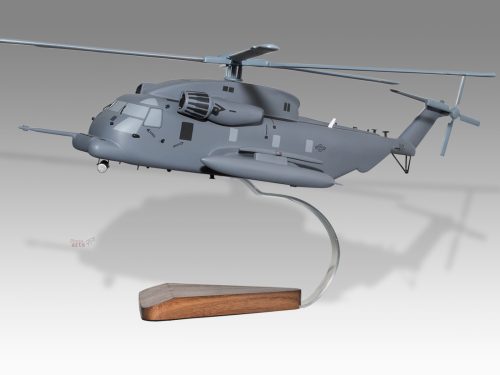

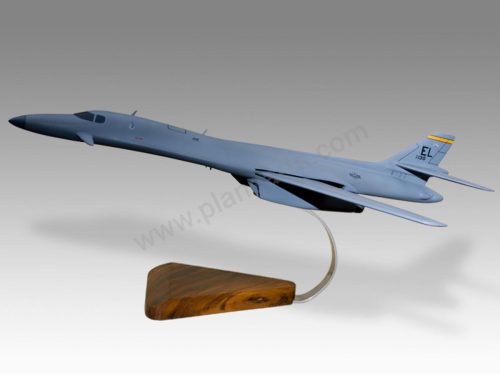
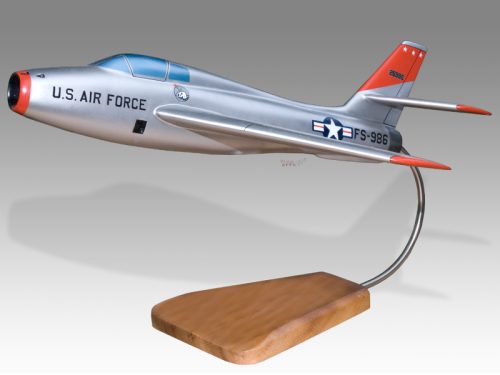
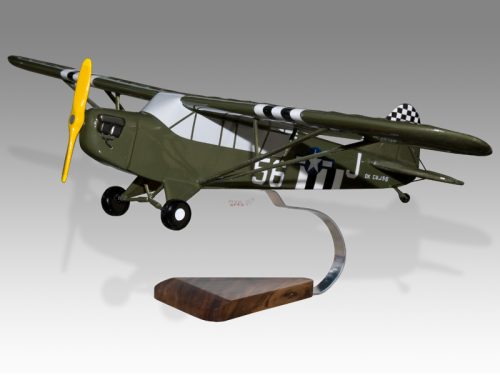

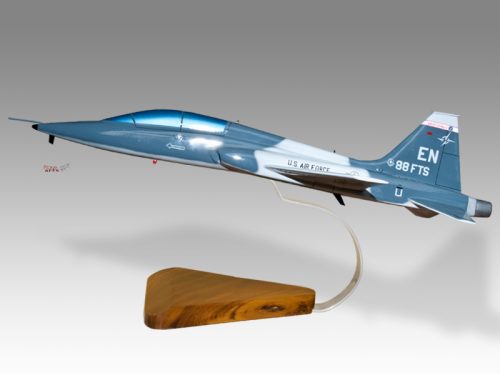
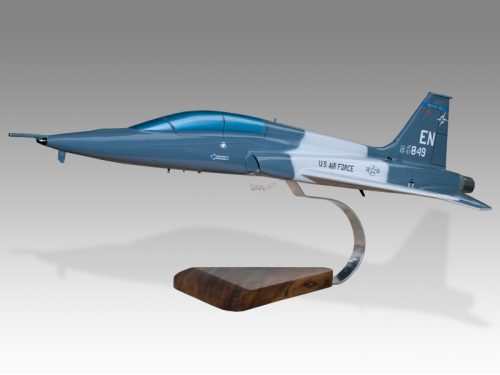
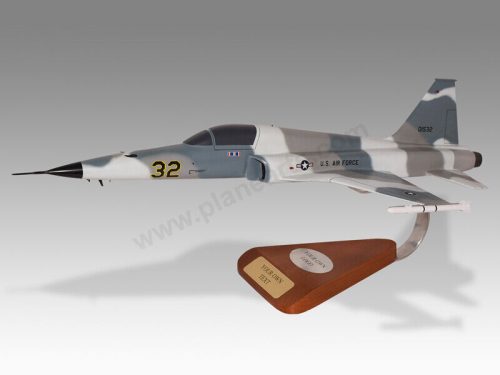
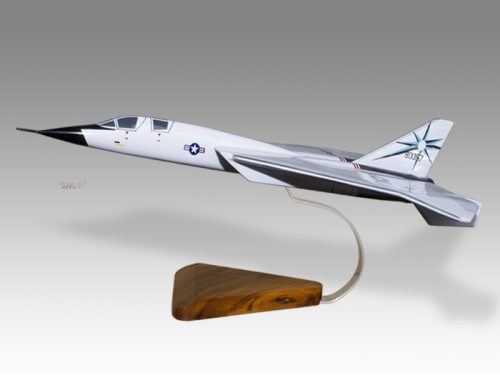
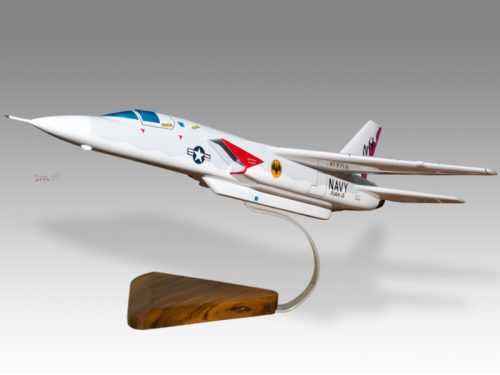
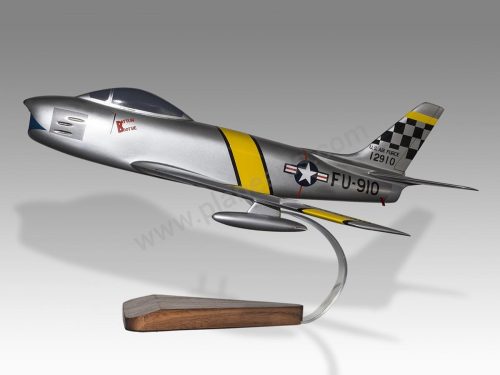

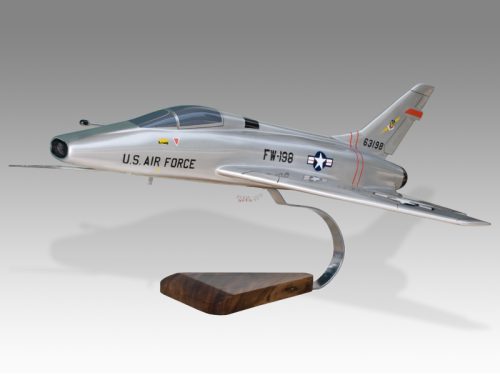
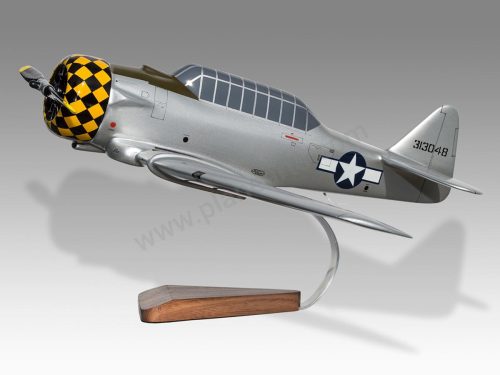


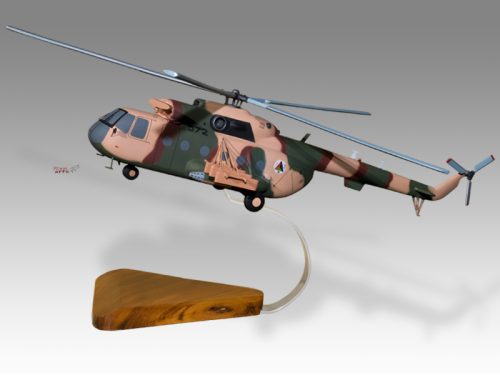
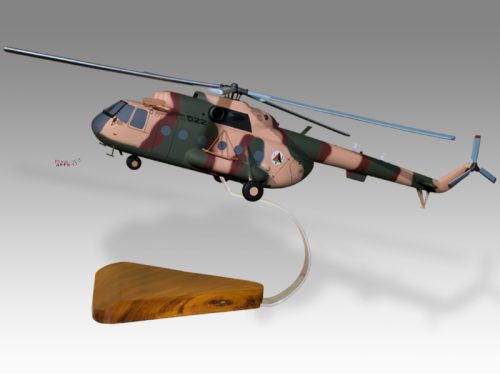

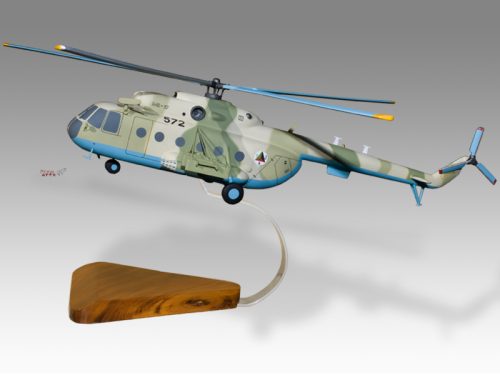
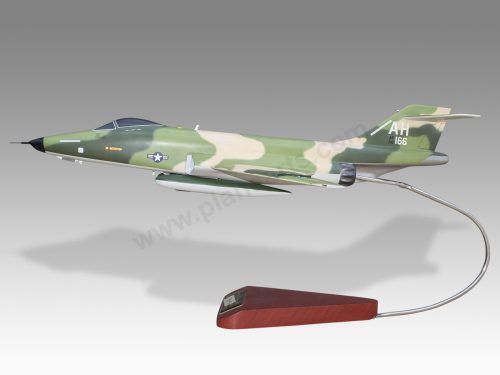

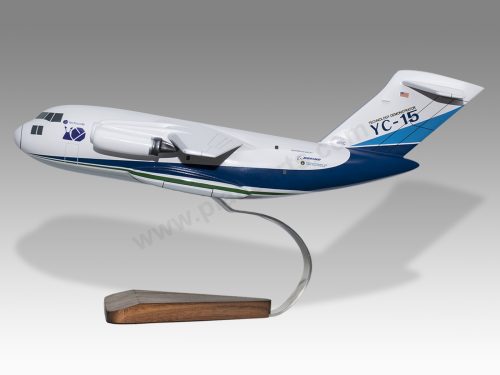

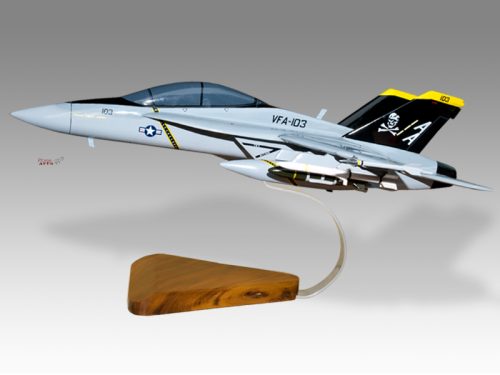


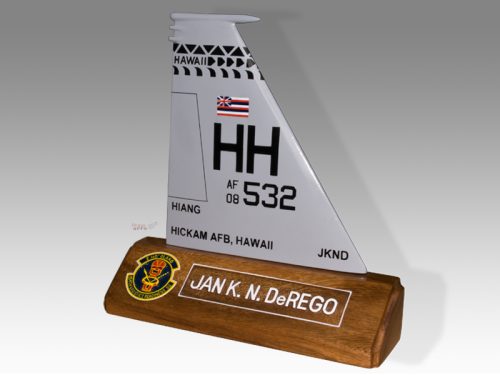
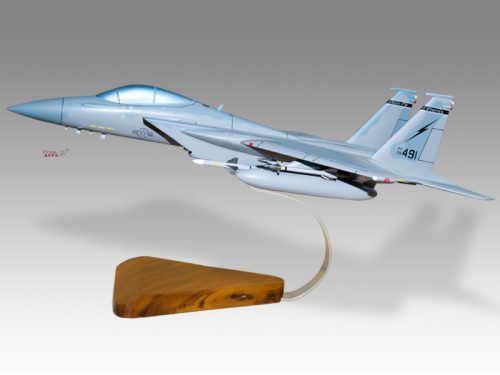

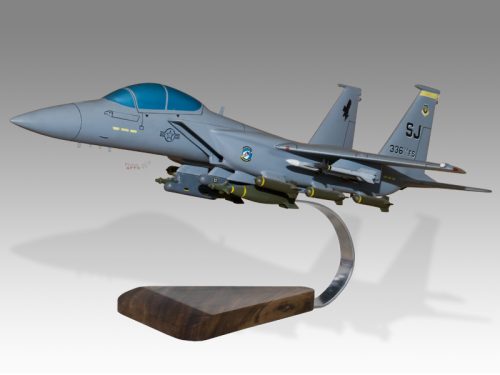
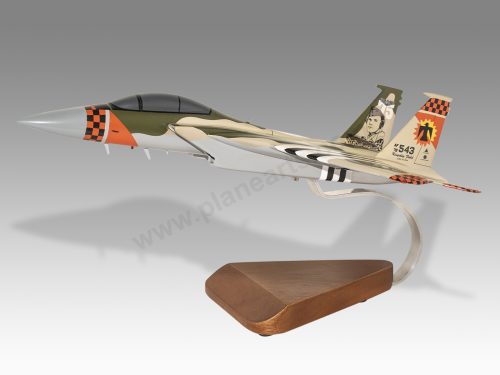

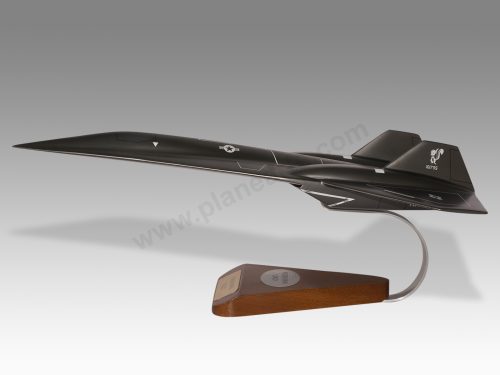
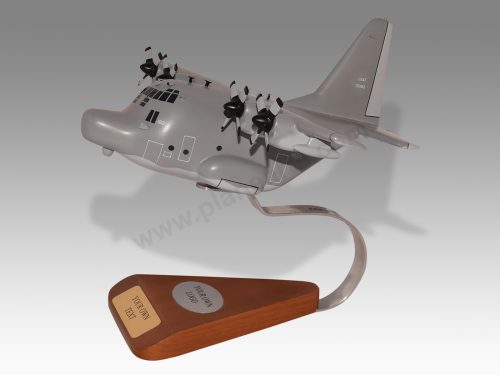
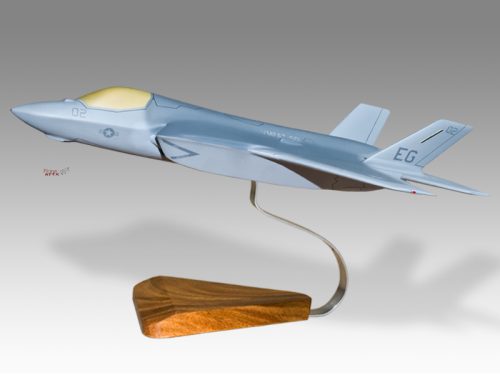
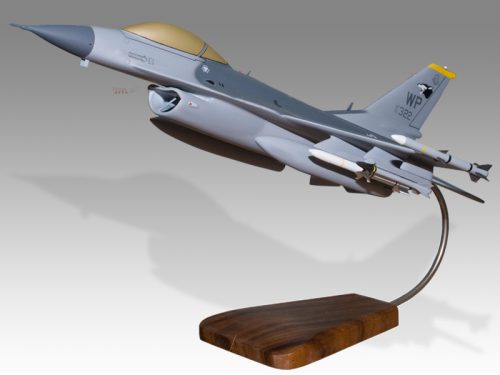
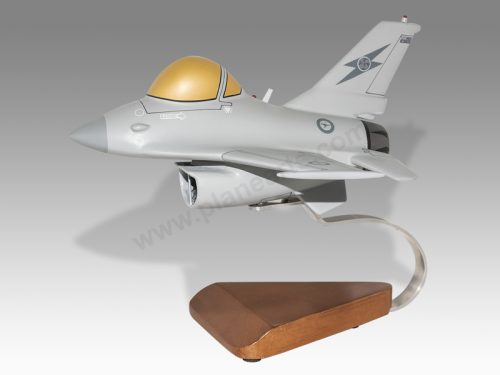
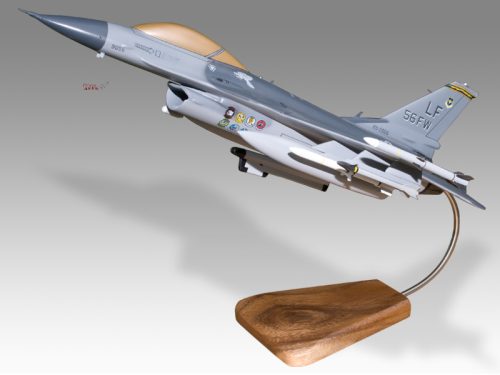
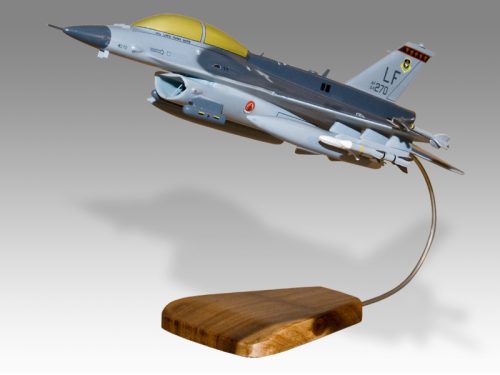

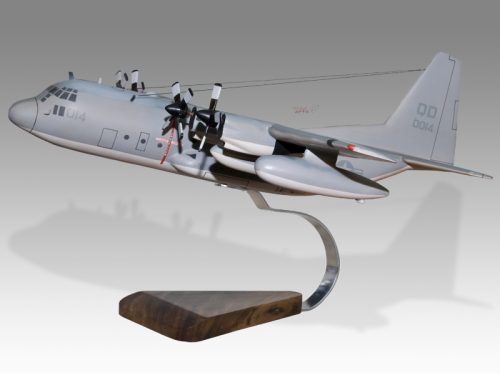
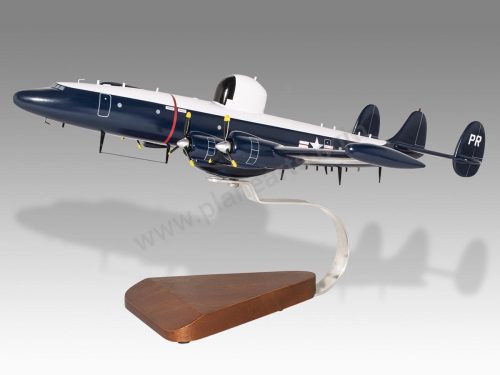

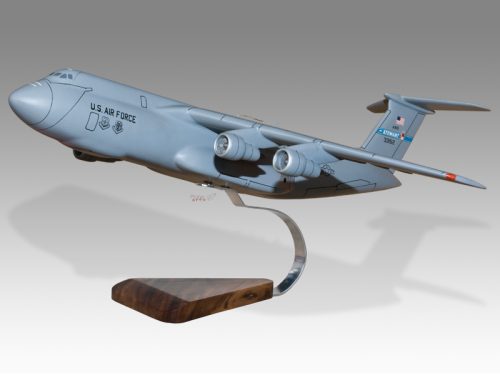
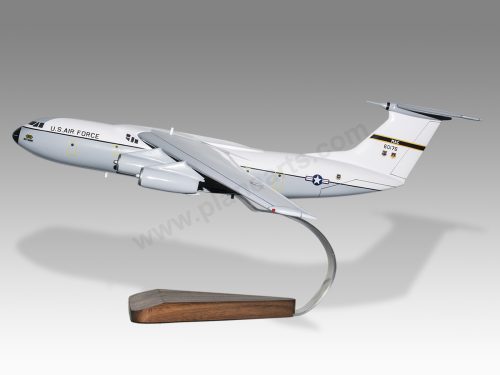
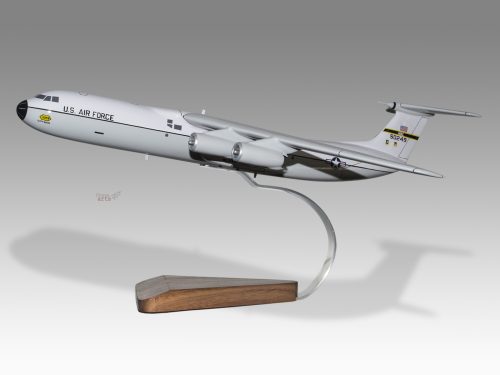
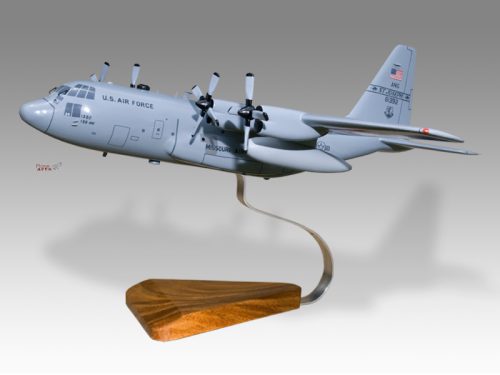
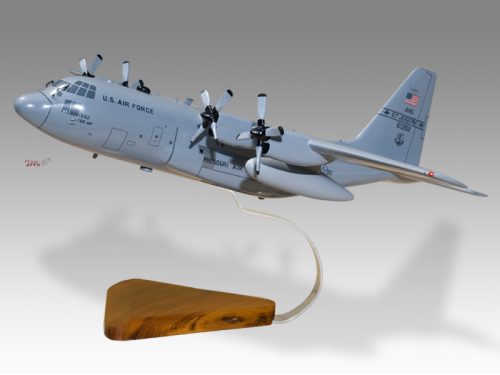
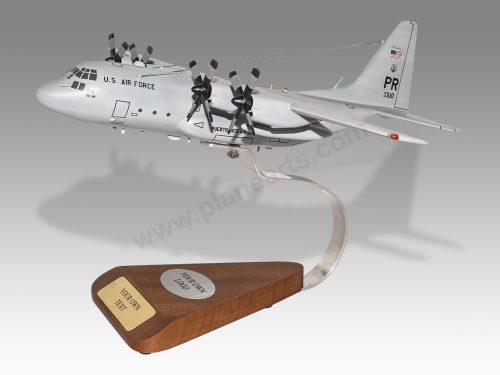
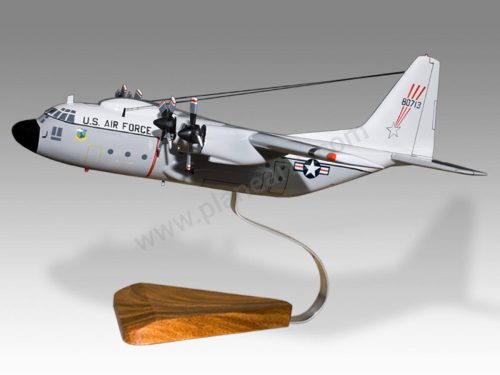
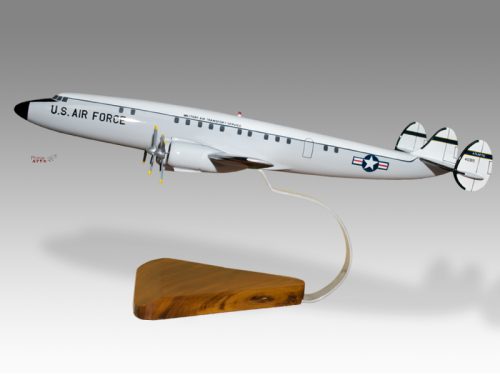
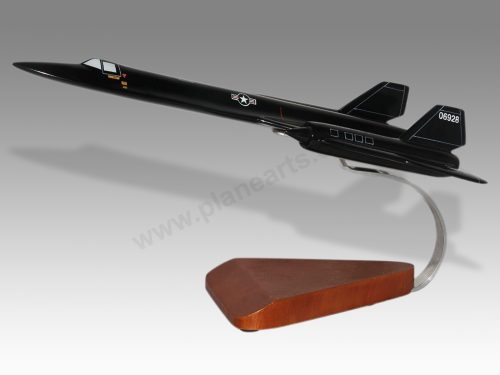



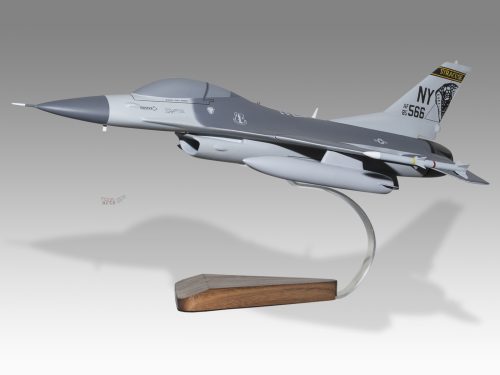

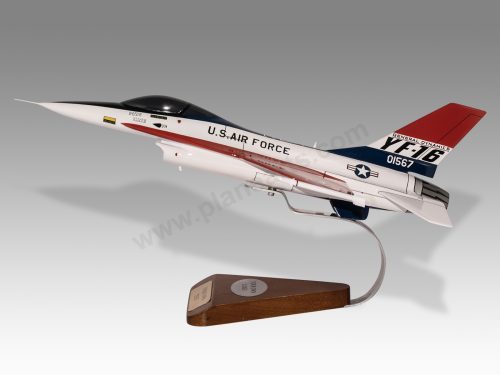

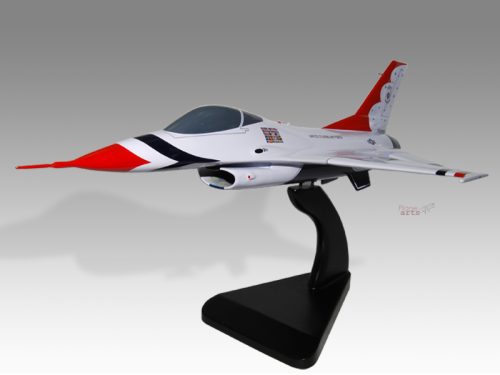


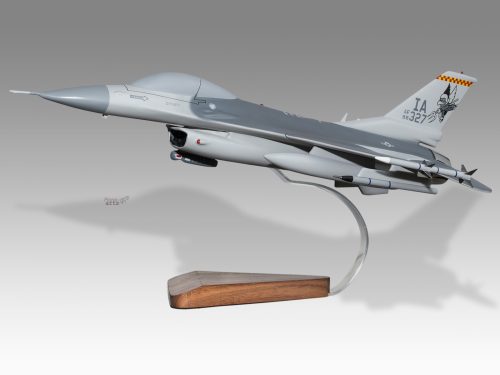
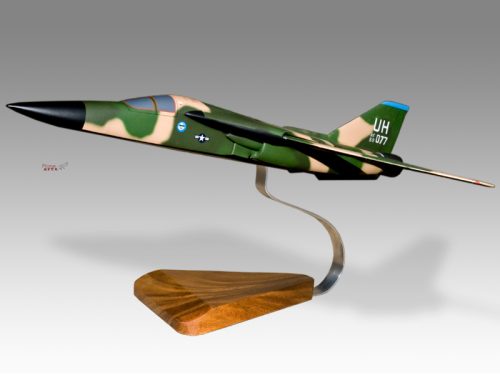
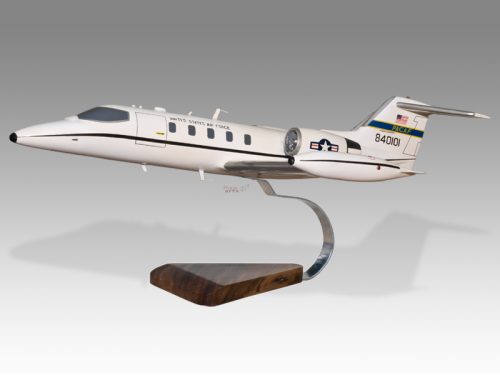
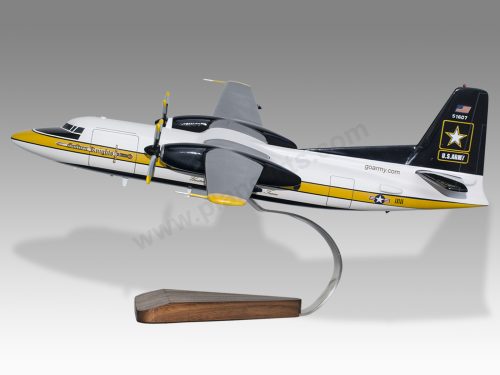

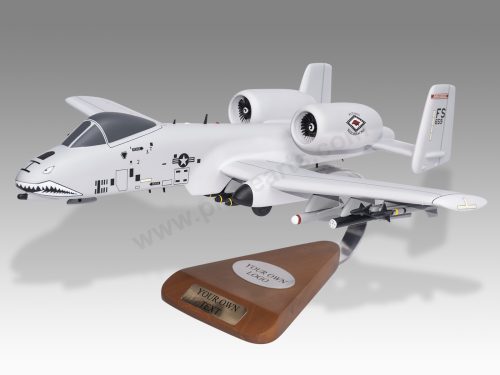
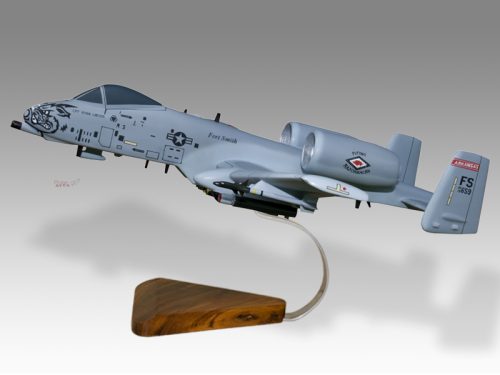

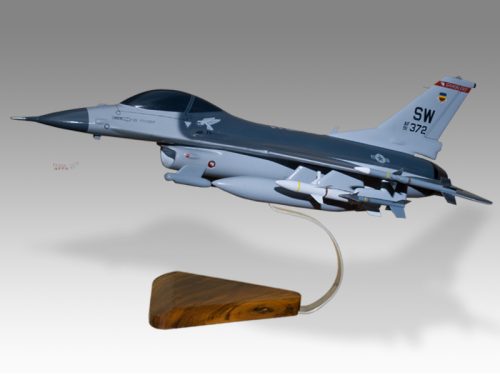
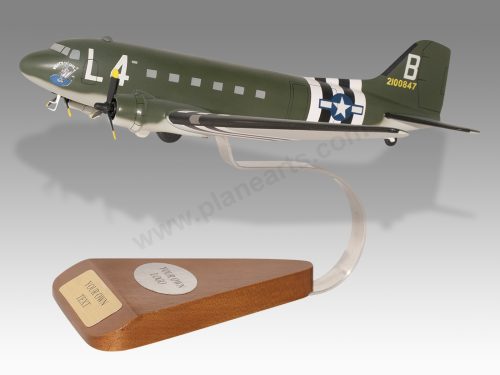

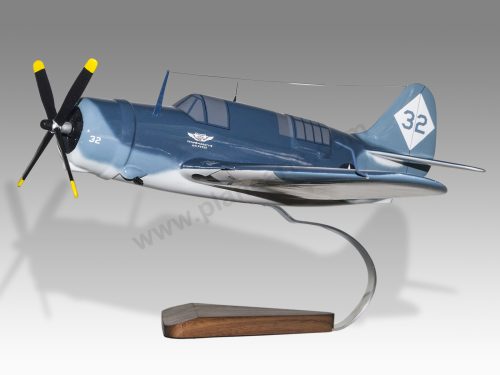










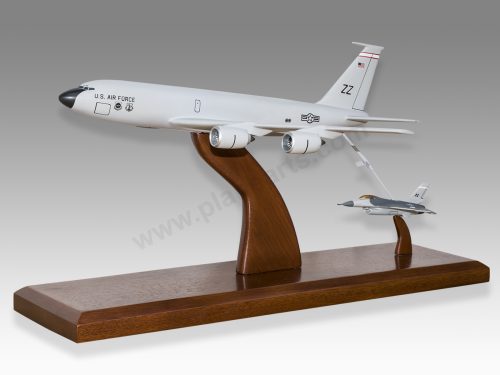
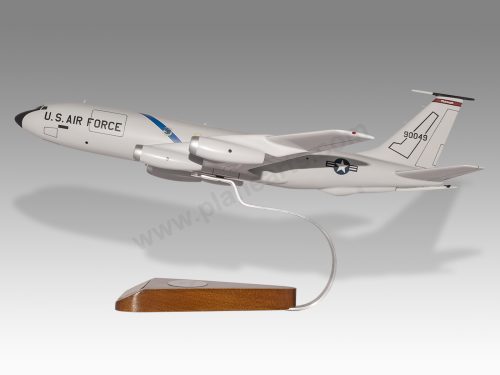
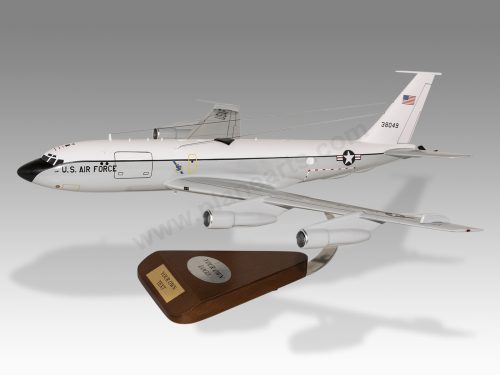

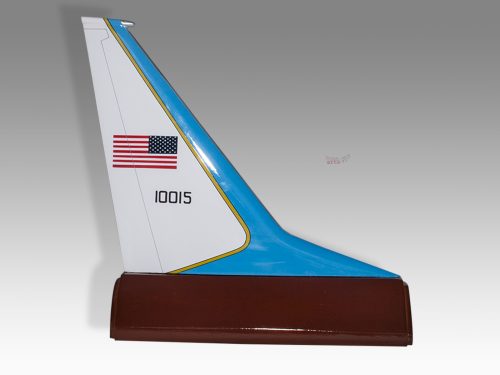
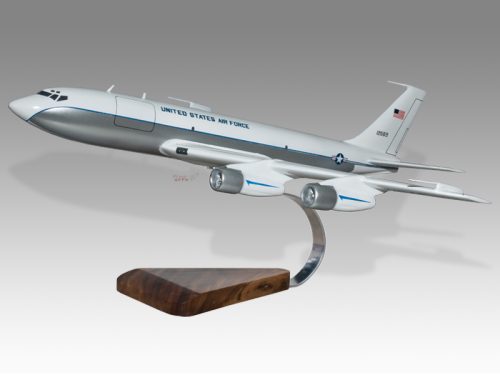
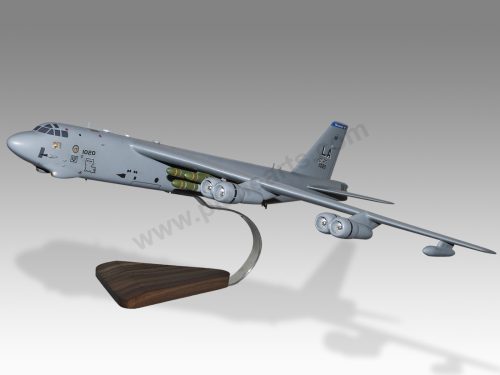

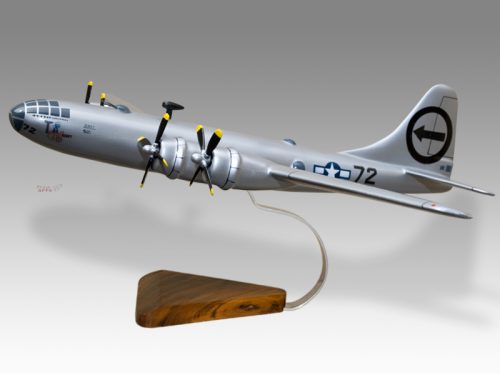
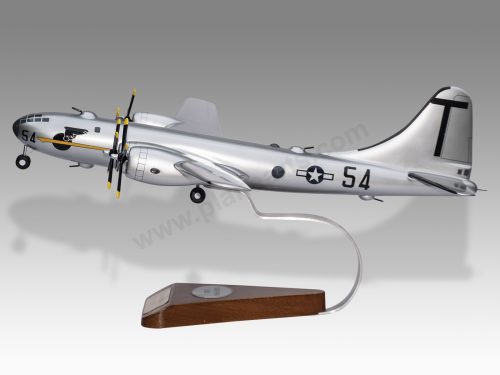
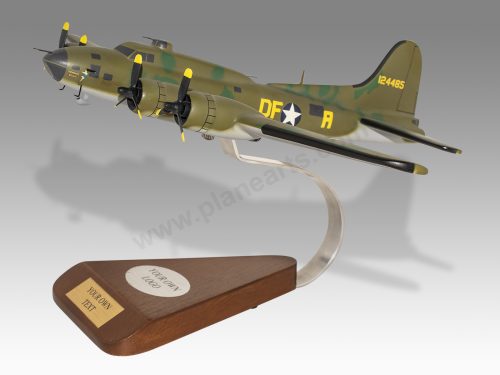
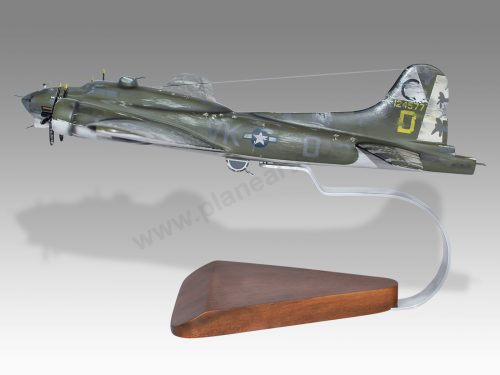

Reviews
There are no reviews yet.